The reduction of alcohol in wine is a practice permitted by law, with a maximum limit of 2% alcohol (equivalent to 20% of the total volume) using two physical methods. The first method is reverse osmosis, where the wine is subjected to very high pressures of up to 40 atmospheres and passes through semi-permeable membranes, allowing the extraction of a mixture of water and alcohol. Subsequently, the alcohol is separated through distillation, and the remaining water, called “vegetation water,” needs to be reintegrated into the original wine to reduce its alcohol content.
As an alternative, there is the technique of vacuum evaporation. Ethyl alcohol has an evaporation temperature of around 78 degrees, which is lower than that of water. By utilizing vacuum and reducing the evaporation temperature, it is possible to remove alcohol without eliminating water. This method is effective but results in the loss of many volatile aromas during the evaporation and vacuum aspiration process, thereby depleting the wine’s aromatic profile.
Usually, these techniques are applied to a small portion of the wine, which is then blended back with the main quantity to reduce its alcohol content. In the case of alcohol-free wine, however, the entire volume of wine must be treated, significantly impacting both the aromatic profile and structure of the wine.
Discover in detail our iAM ZERO dealcoholization plant, and for more information, contact us.



Comments are closed